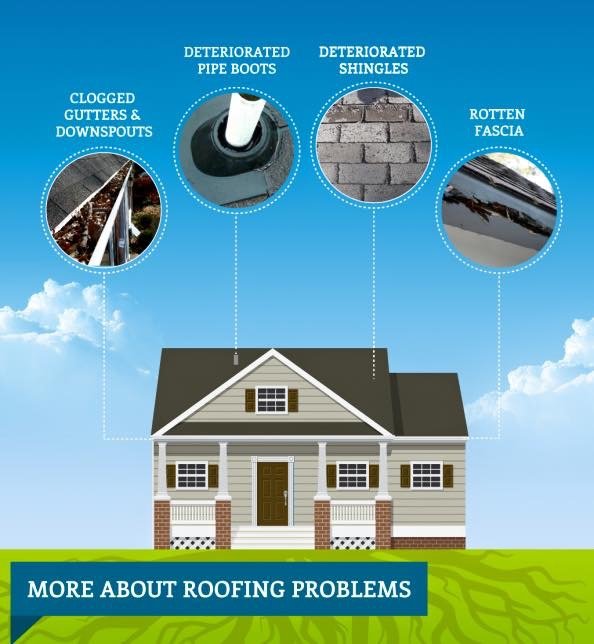Understand How Different Climate Condition Affect Your Roofing System Installation To Ensure A Successful End Result
Understand How Different Climate Condition Affect Your Roofing System Installation To Ensure A Successful End Result
Blog Article
Composed By-Figueroa Hedegaard
When it pertains to roof covering installations, the weather can make or break the work. Imagine the stress of managing products that will not work together due to extreme warm or battling slippery surfaces brought on by unanticipated rain. Understanding the influence of weather on your roof covering job is essential for an effective outcome. So, let's check out exactly how different weather components can influence the top quality and resilience of your roofing system setup, making sure a task well done.
Influence of Temperature Level on Roofing System Installation
When it involves roof setup, temperature plays a critical role in the process. The ideal temperature level for roofing projects generally falls between 45 and 85 levels Fahrenheit. Severe warm can trigger materials like roof shingles to come to be as well flexible, bring about potential damage during installation. On the other hand, chilly temperature levels can make products breakable and susceptible to fracturing. It is necessary to set up roof installations during modest temperature levels to ensure the most effective result.
Throughout chillier weather condition, specialists might require to take extra safety measures such as utilizing warmed tools or allowing products to warm up before setup.
On the other hand, heat might require job to be done earlier or later on in the day to prevent the peak temperature levels. By considering the temperature and its impacts on roofing products, you can assist ensure a successful installation that will hold up against the components for years ahead.
Effect of Rainfall on Roof Projects
Roofing jobs can be considerably influenced by precipitation, impacting both the timeline and the high quality of the installment. Rainfall or snow can create unsafe problems, making it harmful for roofing contractors to service a damp surface area. Furthermore, wetness can endanger the bond of products like tiles or underlayment, leading to possible leakages or damages in the future.
If it rains throughout a roofing project, the water can seep right into prone locations, causing delays as the setup crew have to wait on the roof covering to completely dry prior to proceeding. Extreme wetness can also promote the development of mold and mildew and mildew, further threatening the stability of the roofing.
To avoid https://roofingtiles62840.bloggerbags.com/35044057/find-out-the-insights-necessary-to-boost-your-roofing-s-efficiency , it's suggested to arrange roofing jobs during drier periods or keep an eye on the weather prediction closely to intend around any type of prospective rainstorms. By taking preventative measures to work in beneficial weather conditions, you can make sure a smoother and extra effective roof covering installment process.
Influence of Wind Speed on Installation Success
During roof covering setup, the speed of the wind plays a critical function in determining the success of the task. house renovation contractor heights tx can pose considerable difficulties to roofers, possibly resulting in safety risks and top quality problems. When wind rates exceed advised limits, it becomes difficult to deal with materials, increasing the risk of crashes and damages to the roof materials. Strong gusts can likewise influence the accuracy of measurements and the precision needed for correct installation.
To ensure a successful roof covering setup, it's necessary to keep track of and consider wind rates. Ideally, roof installation need to occur on days with low to moderate wind speeds. This not only enhances the safety of the workers but additionally improves the total top quality of the installation.
Roof covering projects scheduled during calm weather conditions are more likely to be finished efficiently and with less errors. By taking note of wind speed projections and preparing accordingly, you can assist make sure a smooth and effective roof covering installment procedure.
Conclusion
So, when it involves roof covering setup, remember to consider the climate condition to make certain an effective work. Optimum temperature levels, completely dry conditions, and modest wind rates are essential variables to focus on for a smooth installation process. By scheduling your task throughout the best periods and optimal weather, you can achieve a sturdy and lasting roofing system that will certainly secure your home for years ahead.
